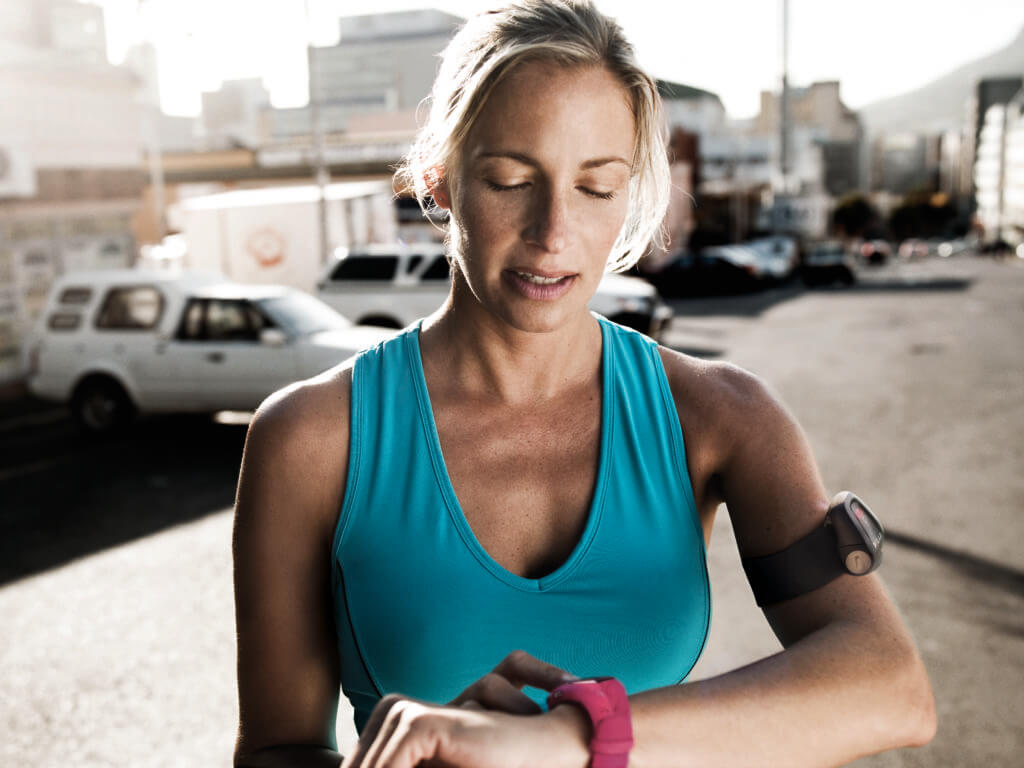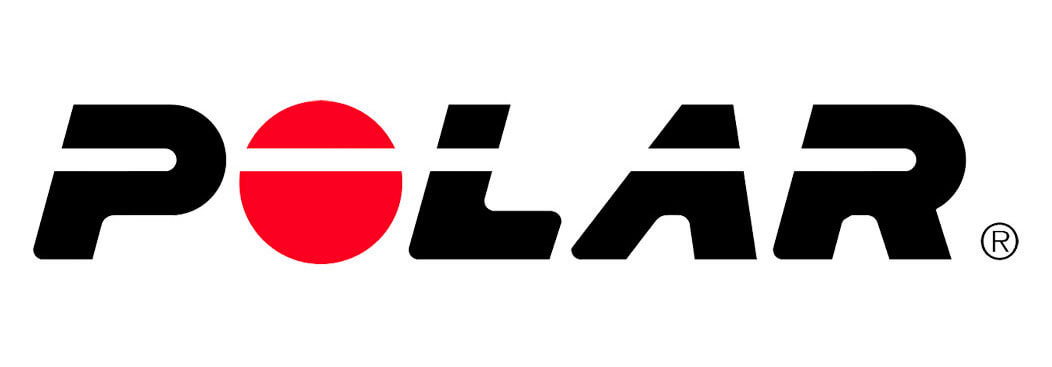For better or worse, technology has become a part of our daily lives. We can receive calls and messages anywhere, at any time. We can count our steps and track our runs. We can even do guided meditation and receive daily affirmations. And now, “wearable tech” can monitor our health moment by moment.
Wearable tech is made up of devices designed to be worn on the body to help you to achieve fitness and wellness goals and track your health. Examples include fitness trackers, smartwatches and even virtual reality headsets. While smartphones have been able to collect data about our health for a while, it wasn’t always very consistent. AED Superstore, a preferred vendor for PTPN (Physiquality’s parent company), points out that wearable tech like Fitbits and Apple watches are an improvement over smartphones because they are in constant contact with our skin, the body’s largest organ.

These wearables can use infrared light to measure heart rate and an accelerometer to measure calories burned. These capabilities mean that the wearables are tracking lots of data that can be used to improve our health, if we pay attention. But how?
Even if you haven’t been exercising on a regular basis, that smartwatch or fitness tracker gives you a baseline to measure by — how many steps do you take per day, on average, for example? This allows you to set goals to move beyond what you were doing previously. An American Journal of Preventive Medicine study shows how people that set goals and measured their progress with wearable technology were able to increase their physical activity. And when you’re more active, you’re reducing your risk for a variety of issues and diseases.

If you’re trying to improve your endurance or lose weight, you can also set goals for your heart rate while exercising. The experts at Polar, a Physiquality partner, explain that the first step is knowing your resting heart rate. For the best result, measure your resting heart rate in the morning, right after you wake up. For an accurate and easy measurement, consider using a heart rate monitor. Polar recommends doing the measurement more than once, on consecutive mornings, to establish a good baseline.
According to the American Heart Association, a healthy resting heart rate is between 60 and 100 beats per minute. If it’s lower, you’re most likely an elite athlete and in excellent health. But if it’s higher than that, you need to talk to your physician about why your heart rate is so high, and then discuss ways to bring it down and improve your health.
| Age | Target HR Zone 50-85% | Average Maximum Heart Rate, 100% |
| 20 years | 100-170 beats per minute (bpm) | 200 bpm |
| 30 years | 95-162 bpm | 190 bpm |
| 35 years | 93-157 bpm | 185 bpm |
| 40 years | 90-153 bpm | 180 bpm |
| 45 years | 88-149 bpm | 175 bpm |
| 50 years | 85-145 bpm | 170 bpm |
| 55 years | 83-140 bpm | 165 bpm |
| 60 years | 80-136 bpm | 160 bpm |
| 65 years | 78-132 bpm | 155 bpm |
| 70 years | 75-128 bpm | 150 bpm |
Data for table from American Heart Association. | ||
Once you know that your resting heart rate is in a healthy range, you can set goals for your target heart rate during exercise. The AHA has posted target heart rate ranges for exercise, as well as maximum heart rates; keep in mind that these are averages and haven’t been calculated specifically knowing a person’s level of fitness or previous health conditions.
Polar emphasizes the importance of finding balance in your heart rate goals — the “sweet spot” between not intense enough and too intense. You can overdo any form of exercise, and put yourself at a high risk of injury, pain or burnout. For most regular exercisers, Polar says, two or three times of high intensity training a week is enough. Your physical therapist is an excellent resource to help you find this balance.

Also, don’t forget that if your heart rate suddenly spikes or if you feel tightness in your chest, stop exercising and seek medical attention.
Regardless of how you’re monitoring your body and measuring its response to activity, be sure to speak to a healthcare provider about your exercise regimen. Don’t forget that your physical therapist is an excellent resource for musculoskeletal health. Use our therapist finder below to locate the professional nearest you.
Thank you to our contributors:

AED Superstore, another Preferred Vendor for PTPN, is the world’s largest distributor of automated external defibrillators and related accessories.. The company also offers AED, CPR and first aid training courses through its network of American Heart Association‐accredited instructors. To learn more, visit www.aedsuperstore.com.

Polar, a Physiquality vendor partner, has been leading the way in technological innovations and heart rate monitors since 1977. Polar offers a comprehensive product range, along with essential support and advice on everything from improving an athlete’s sports performance to helping people enjoy a healthier lifestyle, and aiding rehabilitation and weight management. Learn more at www.polar.com.
Polar USA.
- How to measure your resting heart rate. April 24, 2019.
- Heart rate monitoring: The best way to find the sweet spot of exercise intensity. April 1, 2019.
Physiquality.
- Four signs you should STOP working out. January 16, 2019.
- How exercise can help prevent disease. June 2, 2014.
Alger, Kieran. The best Apple Watch running apps tested. Wareable.com, December 31, 2018.
Cadmus-Bertram, Lisa; Marcus, Bess H.; Patterson, Ruth E.; Parker, Barbara A; and Morey, Brittany L. Randomized trial of a Fitbit-based physical activity intervention for women. American Journal of Preventive Medicine, September 2015.
Know your target heart rate for exercise, losing weight and health. American Heart Association, January 4, 2015.
“Hit my Watch exercise goal for the first time! Feels good.” by jfingas is licensed under CC BY-ND 2.0.